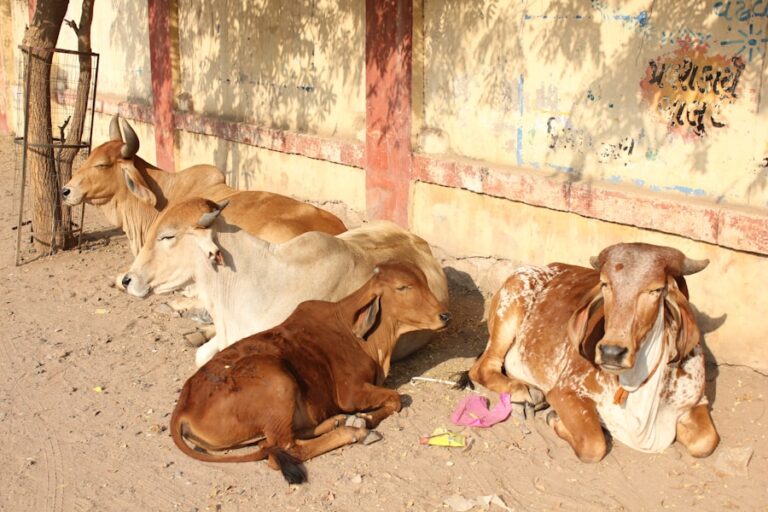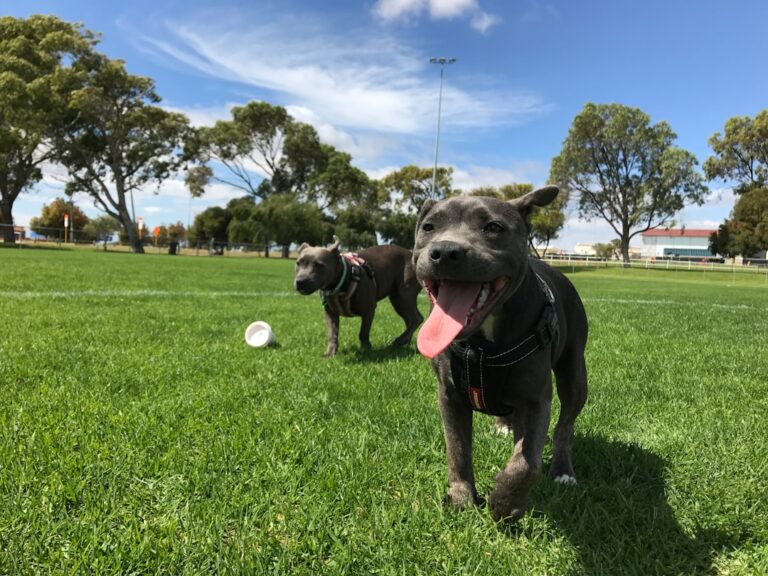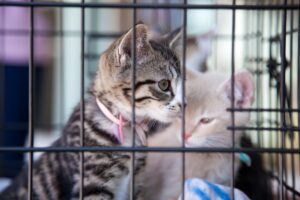The bond between humans and animals has existed for thousands of years, evolving from a mere survival relationship to a profound companionship that enriches our lives. Pets have become integral members of many households, providing emotional support, companionship, and even health benefits. The act of caring for a pet can foster a sense of responsibility and routine, while the joy they bring can alleviate stress and enhance overall well-being.
As society progresses, the concept of what constitutes a pet has expanded, leading to a diverse array of choices for potential pet owners. In contemporary culture, pets are often viewed as family members rather than mere animals. This shift in perception has led to an increase in pet ownership across various demographics, with people seeking companionship that aligns with their lifestyles and preferences.
From traditional pets like dogs and cats to more exotic choices such as reptiles and birds, the options are vast. Understanding the different types of pets available can help prospective owners make informed decisions that suit their living situations and personal needs.
Key Takeaways
- Pets provide companionship, emotional support, and can improve overall well-being.
- Dogs and cats are the most common traditional pets, known for their loyalty and affection.
- Birds and reptiles are popular exotic pets, offering unique characteristics and behaviors.
- Small mammals like rabbits, guinea pigs, and hamsters make great pets for smaller living spaces.
- Fish and amphibians are low-maintenance aquatic pets that can bring tranquility to a home.
Traditional Pets: Dogs and Cats
The Loyal Companionship of Dogs
Dogs, often referred to as “man’s best friend,” are known for their loyalty, intelligence, and ability to form strong bonds with humans. They come in various breeds, each with distinct temperaments and care requirements. For instance, a Labrador Retriever is known for its friendly disposition and high energy levels, making it an excellent choice for active families. In contrast, a Shih Tzu may be more suitable for those seeking a smaller, less demanding companion.
The Independent Nature of Cats
Cats, on the other hand, are celebrated for their independence and low-maintenance nature. They can thrive in smaller living spaces and often require less attention than dogs. Breeds like the Siamese are known for their vocal nature and social tendencies, while the Maine Coon is appreciated for its gentle demeanor and large size.
Choosing the Right Pet for Your Lifestyle
The choice between a dog or a cat often hinges on lifestyle factors; families with children may prefer the playful nature of dogs, while busy professionals might find the self-sufficient nature of cats more appealing.
Exotic Pets: Birds and Reptiles

The allure of exotic pets has captivated many animal lovers who seek something beyond the conventional dog or cat. Birds, such as parrots and canaries, offer vibrant colors and melodious songs that can brighten any home. Parrots, particularly species like the African Grey or Macaw, are known for their intelligence and ability to mimic human speech, creating an interactive experience for their owners.
However, they require significant social interaction and mental stimulation to thrive, making them more suitable for dedicated pet owners who can invest time in their care. Reptiles also fall under the category of exotic pets, attracting enthusiasts with their unique appearances and behaviors. Species such as bearded dragons and ball pythons have gained popularity due to their relatively simple care requirements compared to mammals.
Bearded dragons are known for their docile nature and can even be trained to perform tricks. However, potential reptile owners must be aware of specific habitat needs, such as temperature regulation and humidity levels, which are crucial for the health of these cold-blooded creatures.
Small Mammals: Rabbits, Guinea Pigs, and Hamsters
| Small Mammals | Rabbits | Guinea Pigs | Hamsters |
|---|---|---|---|
| Average Lifespan | 8-12 years | 4-8 years | 2-3 years |
| Adult Weight | 2-4 kg | 0.7-1.2 kg | 0.1-0.2 kg |
| Diet | Hay, vegetables, pellets | Hay, vegetables, pellets | Seeds, grains, fruits, vegetables |
| Activity Level | Medium | Low | High |
Small mammals have carved out a niche in the pet world, appealing to those who may not have the space or resources for larger animals. Rabbits are particularly popular due to their playful personalities and soft fur. They can be litter-trained and enjoy social interaction with their owners.
Breeds like the Holland Lop are known for their friendly demeanor and compact size, making them ideal companions for families or individuals living in apartments. Guinea pigs are another favored choice among small mammal enthusiasts. These social creatures thrive in pairs or groups and communicate through a range of vocalizations.
They require spacious cages with plenty of enrichment activities to keep them engaged. Their gentle nature makes them suitable for children, teaching young ones about responsibility in pet care. Hamsters, while often seen as solitary animals, also provide joy through their playful antics and nocturnal behaviors.
Syrian hamsters are particularly popular due to their larger size and friendly disposition.
Aquatic Pets: Fish and Amphibians
Aquatic pets offer a unique way to experience animal companionship without the need for direct interaction. Fish tanks can serve as beautiful focal points in homes while providing a calming effect through the gentle movement of water and colorful fish. Freshwater fish like bettas or guppies are popular choices for beginners due to their vibrant colors and relatively easy care requirements.
However, maintaining a healthy aquarium involves understanding water chemistry, filtration systems, and proper feeding practices. Amphibians such as frogs and salamanders also attract those interested in aquatic life. The African Clawed Frog is a common choice among amphibian enthusiasts due to its hardy nature and fascinating behaviors.
These creatures require specific habitat conditions that mimic their natural environments, including appropriate temperature ranges and humidity levels. The care of aquatic pets demands attention to detail; however, the rewards of observing these creatures can be immensely satisfying.
Unusual Pets: Insects and Arachnids

Debunking the Myth: Tarantulas as Pets
Tarantulas are often misunderstood and feared, but many species are docile and can be handled safely by experienced owners. Their care involves providing an appropriate habitat with adequate humidity and temperature control.
Stick Insects: Masters of Disguise
Stick insects offer a fascinating glimpse into the world of entomology. These creatures can blend seamlessly into their surroundings, making them captivating pets for those interested in insects. They require specific plants for food and a habitat that mimics their natural environment to thrive.
A Unique Opportunity for Observation
While insects may not provide the same level of interaction as traditional pets, they offer a unique opportunity to observe behaviors that are often overlooked in more common animals.
Farm Animals as Pets
The trend of keeping farm animals as pets has gained traction in recent years, particularly among those with ample outdoor space. Miniature breeds of pigs, goats, and chickens have become increasingly popular as companions that also provide practical benefits such as fresh eggs or natural lawn maintenance. Miniature pigs are known for their intelligence and social nature; they can be trained similarly to dogs but require ample space to roam and explore.
Goats are another delightful addition to the pet landscape; they are playful creatures that thrive on social interaction. Breeds like Nigerian Dwarfs are small enough to fit into suburban settings while still providing companionship and entertainment. Chickens have also found their way into backyards across urban areas; they not only produce fresh eggs but also contribute to pest control by eating insects in gardens.
However, potential owners must consider local regulations regarding livestock before bringing these animals home.
Considerations for Choosing the Right Pet
Selecting the right pet is a decision that requires careful consideration of various factors including lifestyle, living situation, and personal preferences. Prospective pet owners should assess their daily routines to determine how much time they can dedicate to pet care. For instance, high-energy dogs may require several hours of exercise each day, while cats may be more suited for individuals with busier schedules due to their independent nature.
Additionally, understanding the specific needs of different species is crucial in ensuring a successful pet-owner relationship. Researching dietary requirements, habitat conditions, and social needs will help potential owners make informed choices that align with their capabilities. Financial considerations also play a significant role; some pets may require specialized diets or veterinary care that can add up over time.
Ultimately, choosing a pet should be a thoughtful process that prioritizes both the animal’s well-being and the owner’s ability to provide a loving home.












